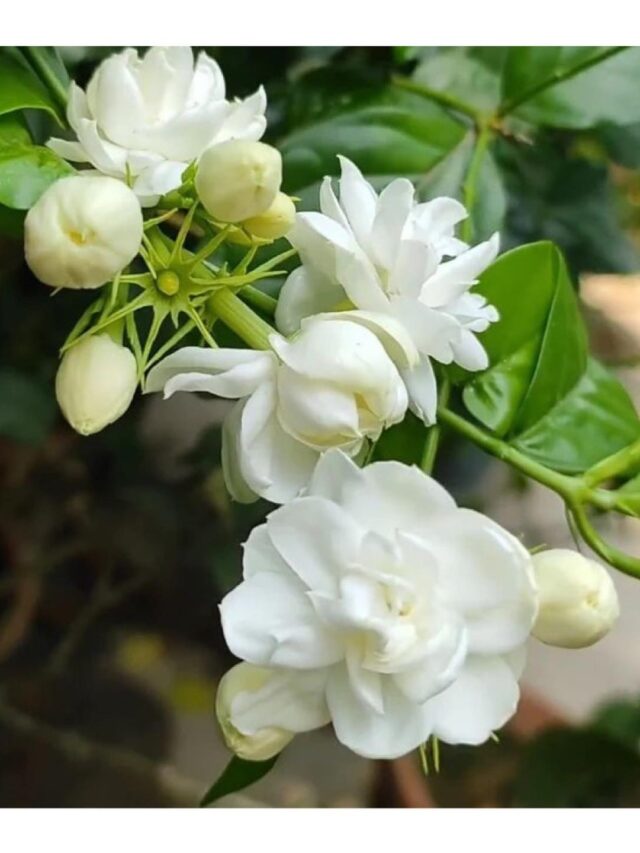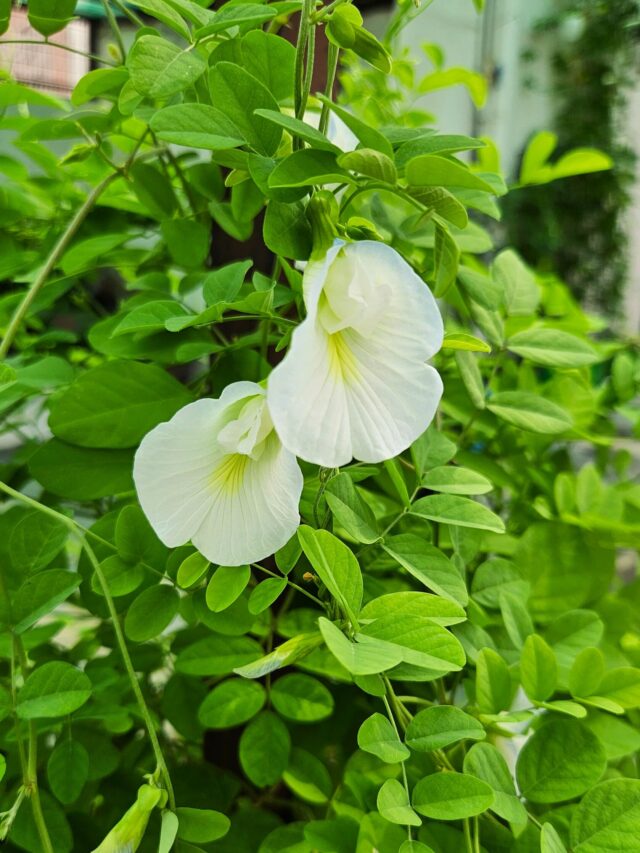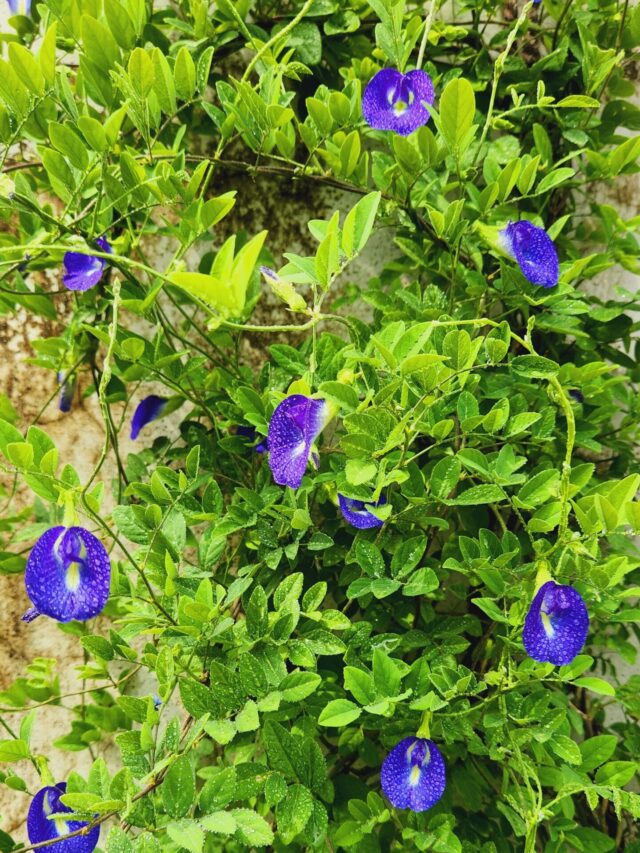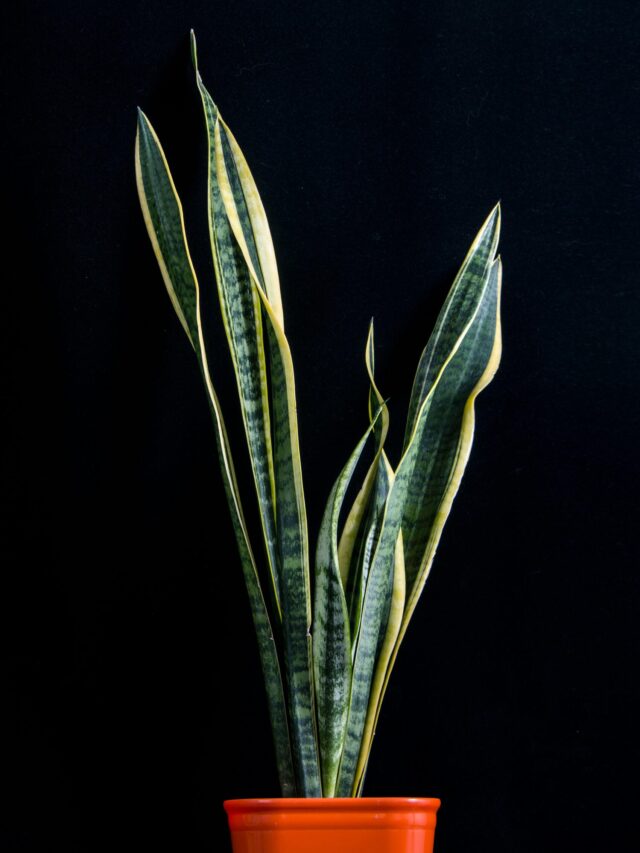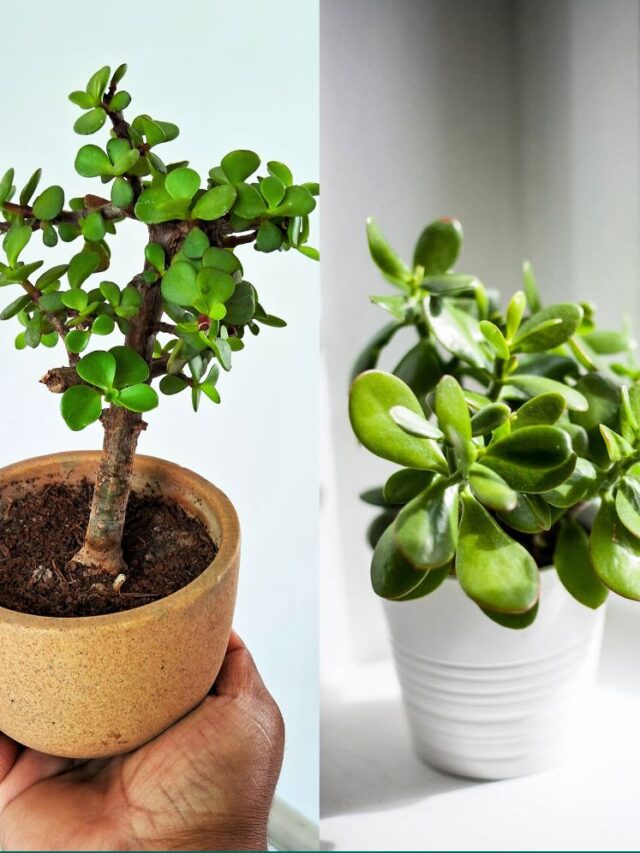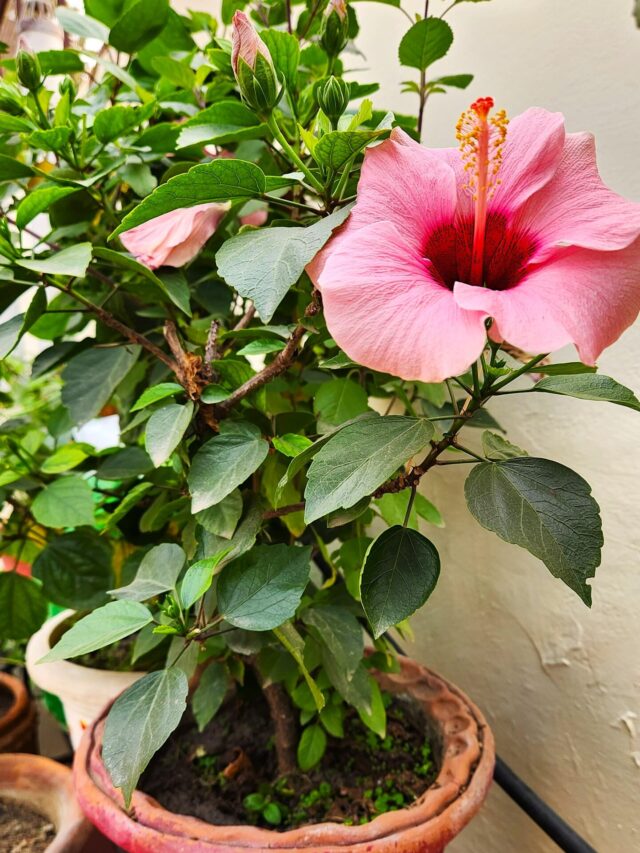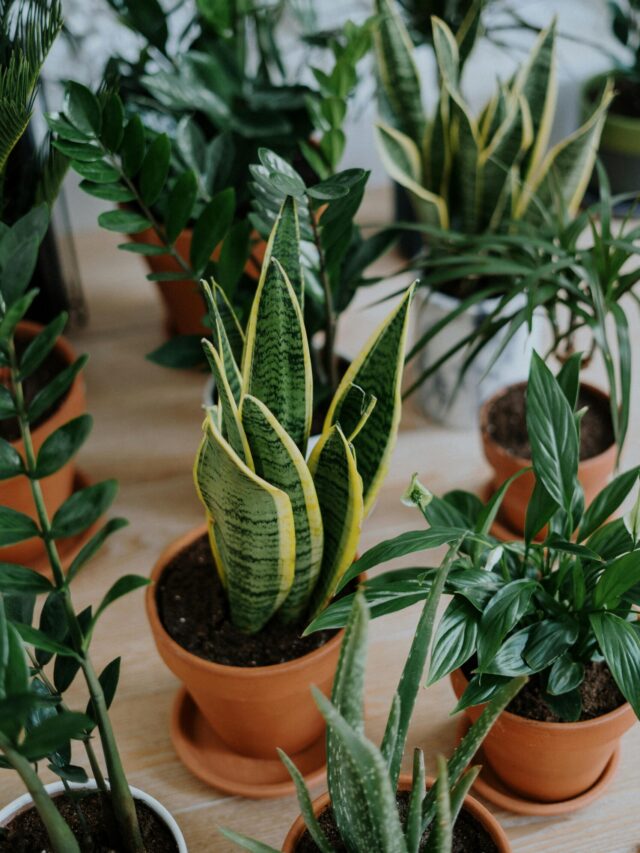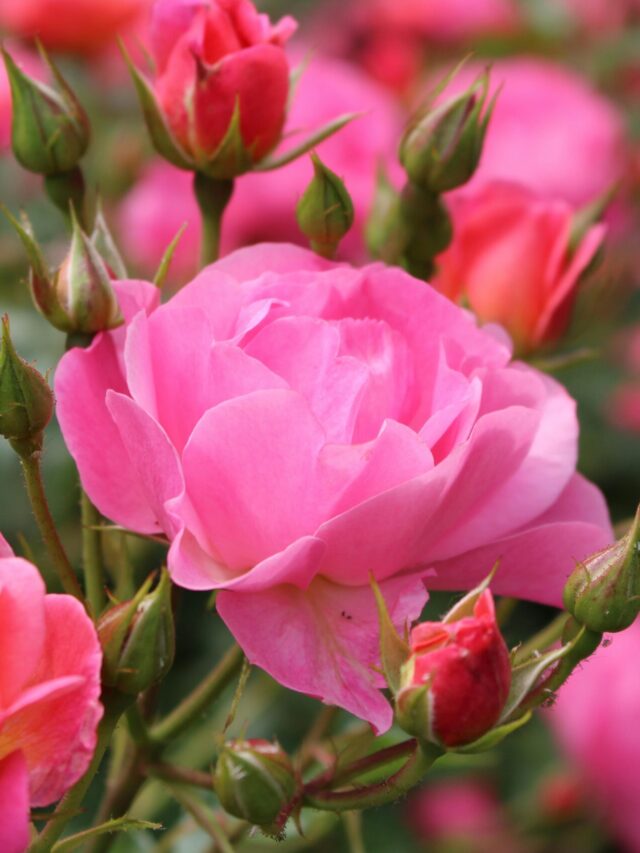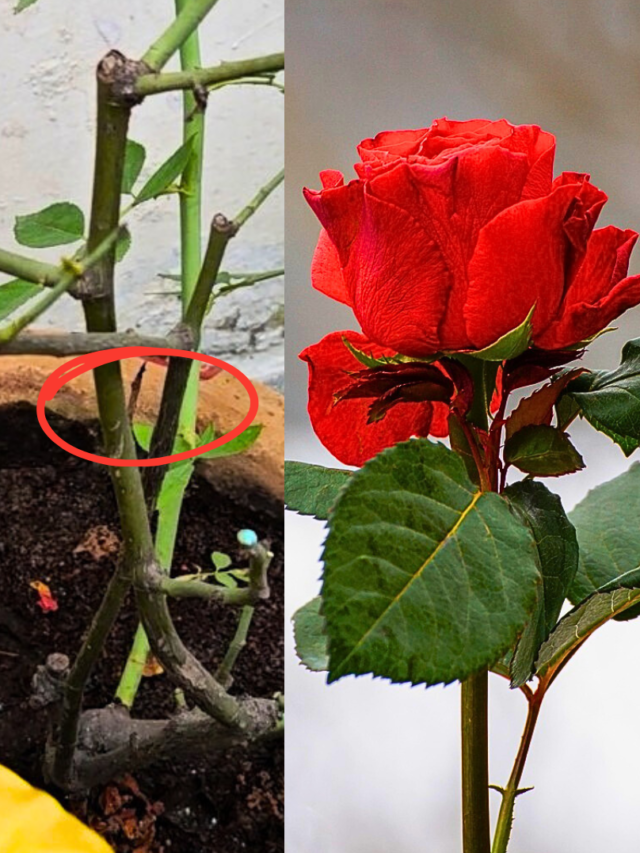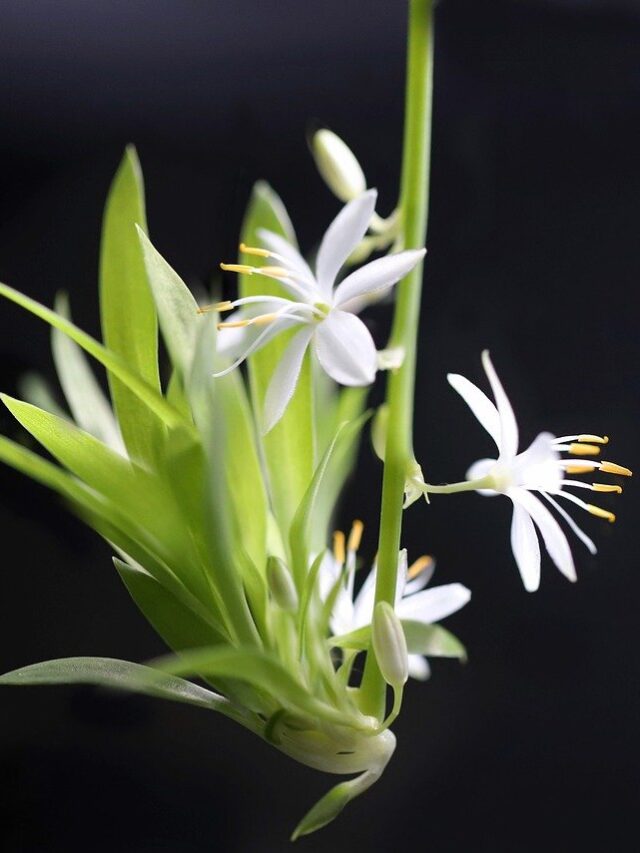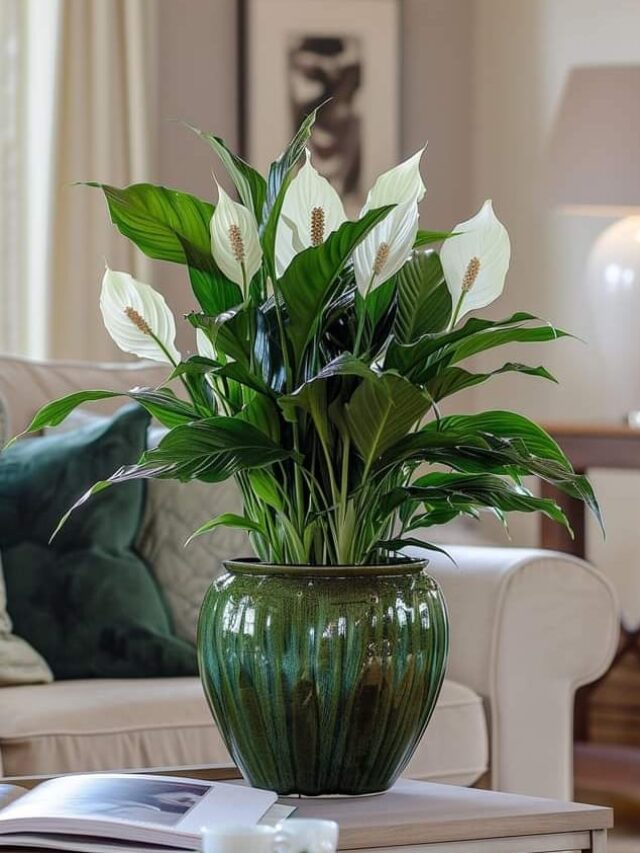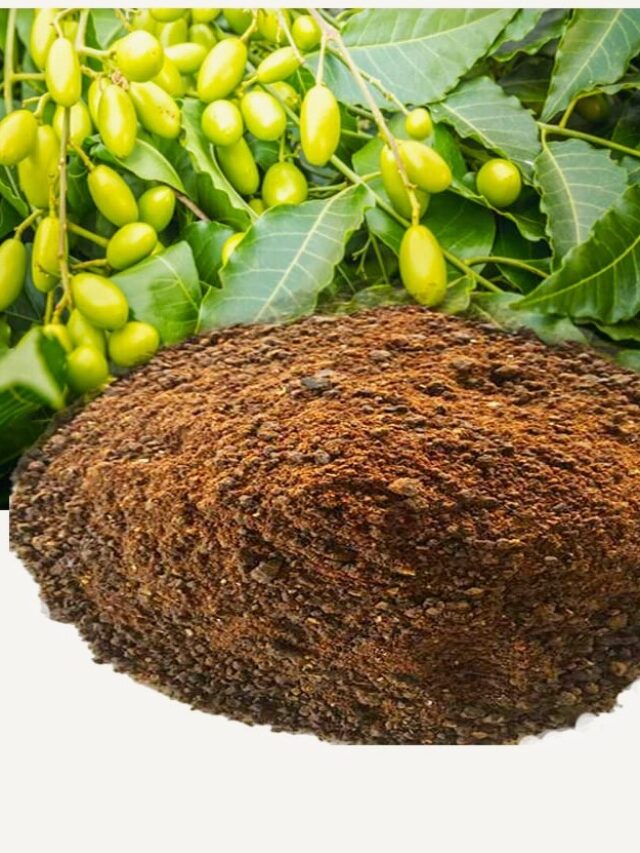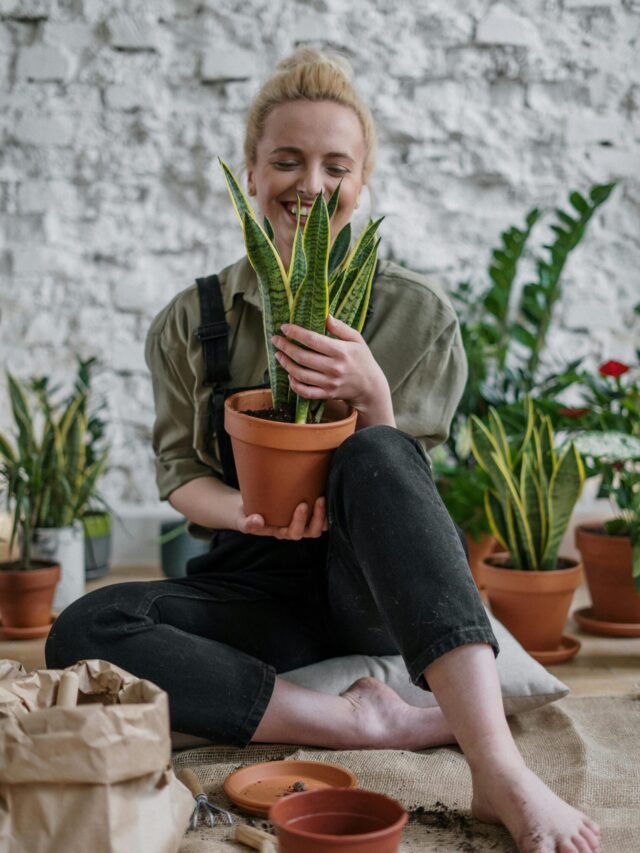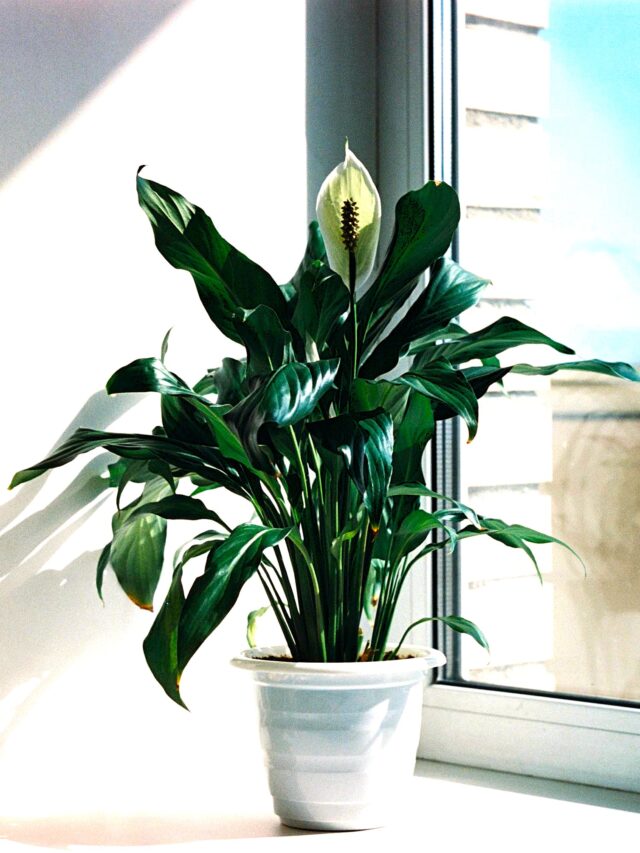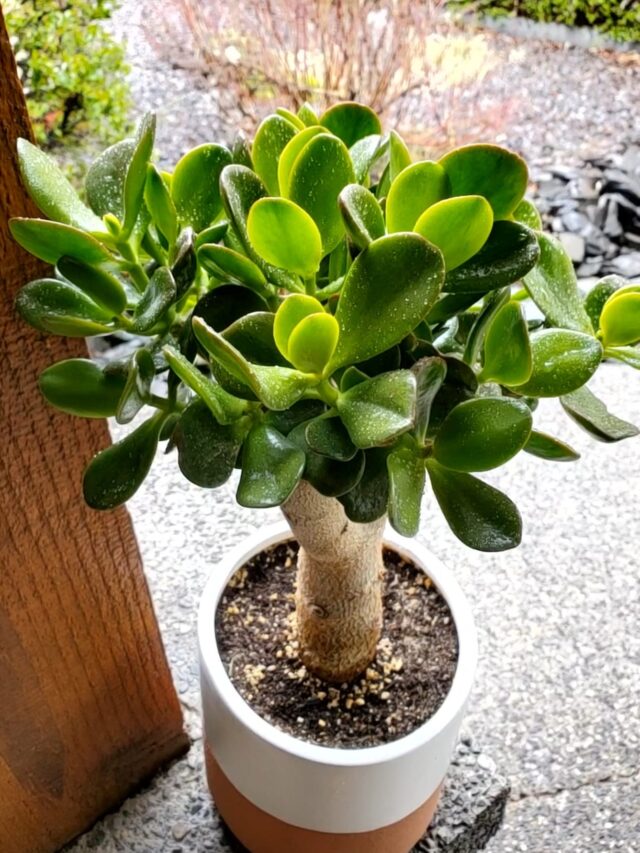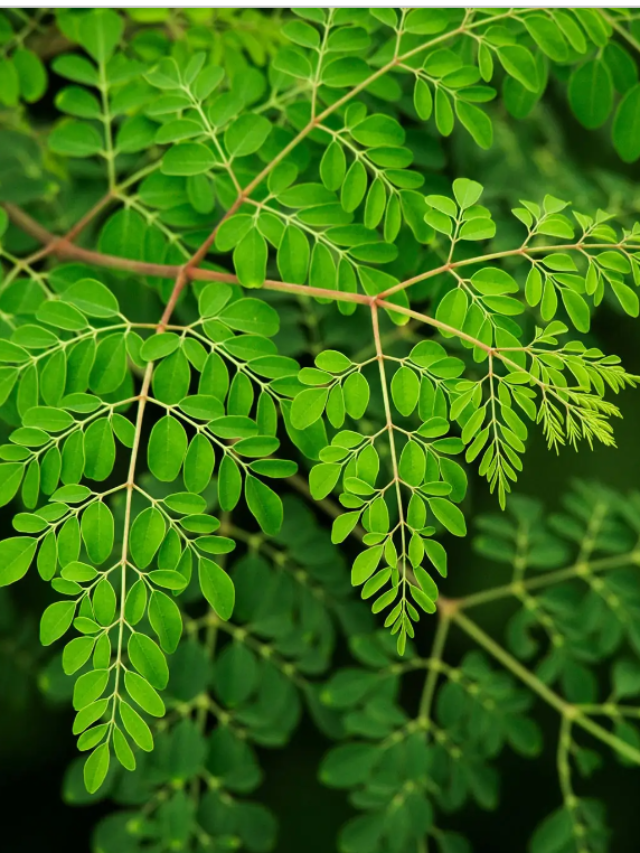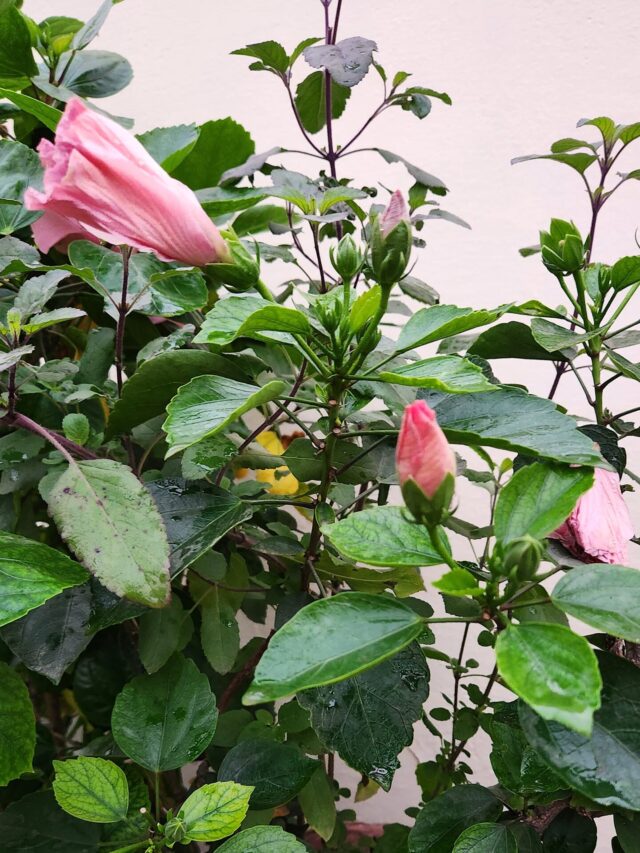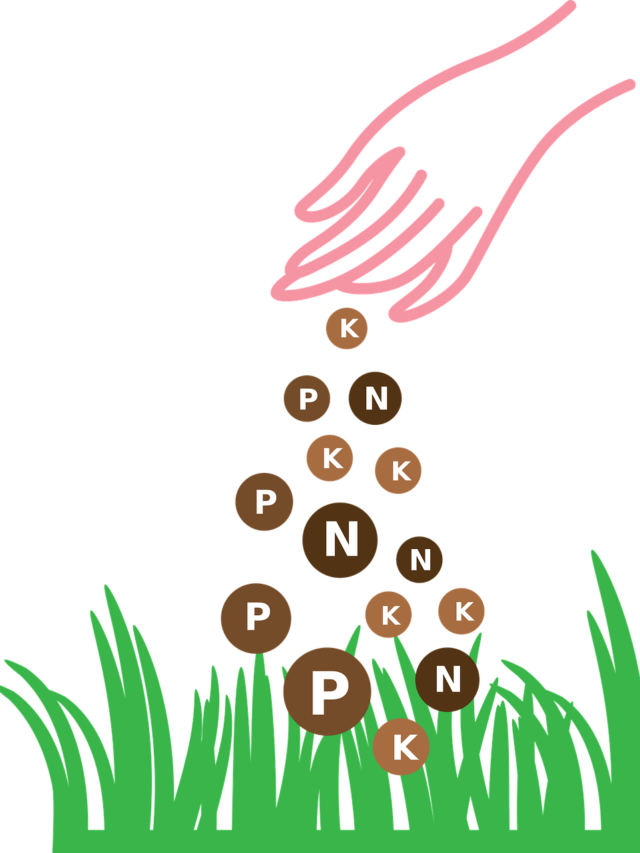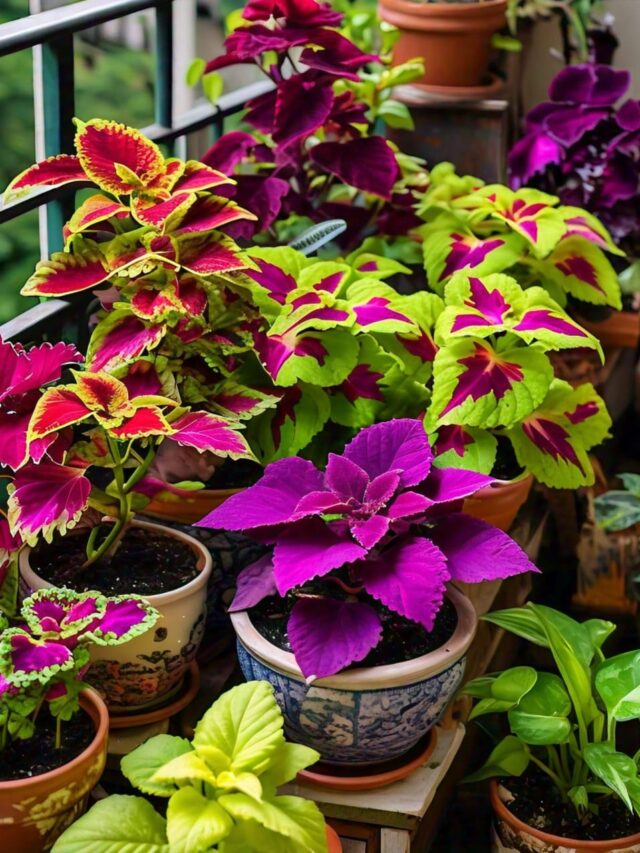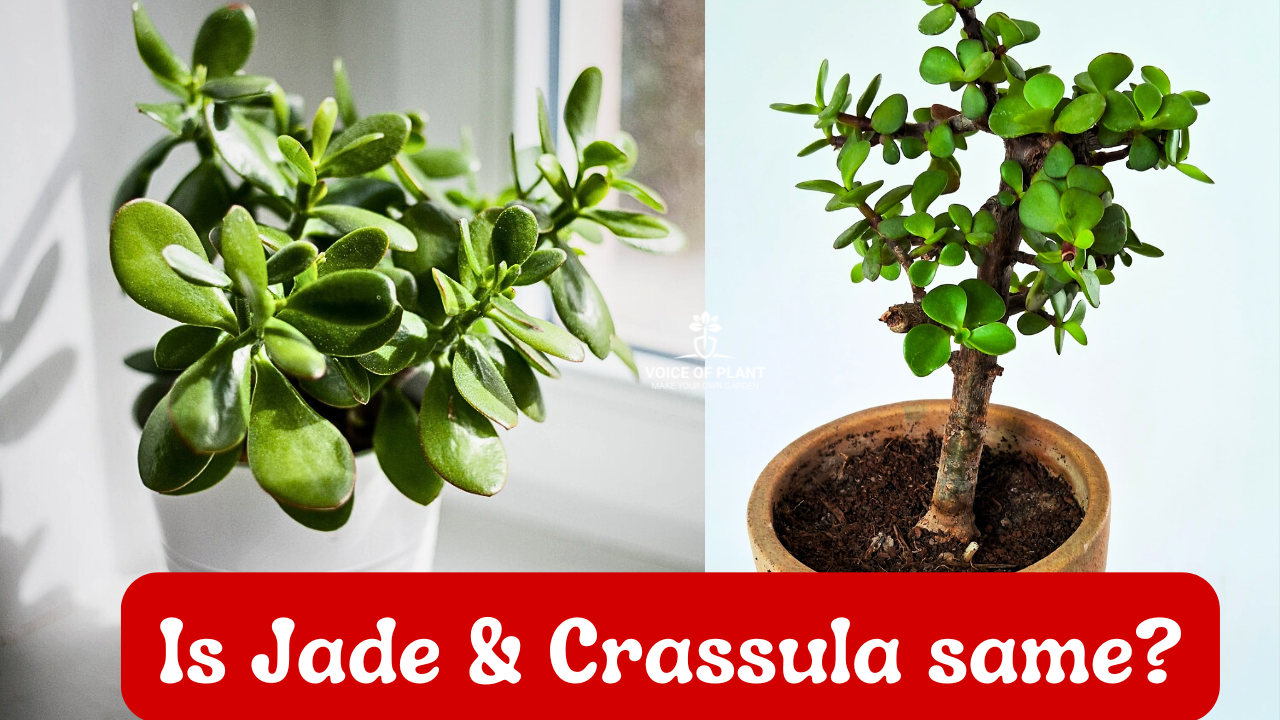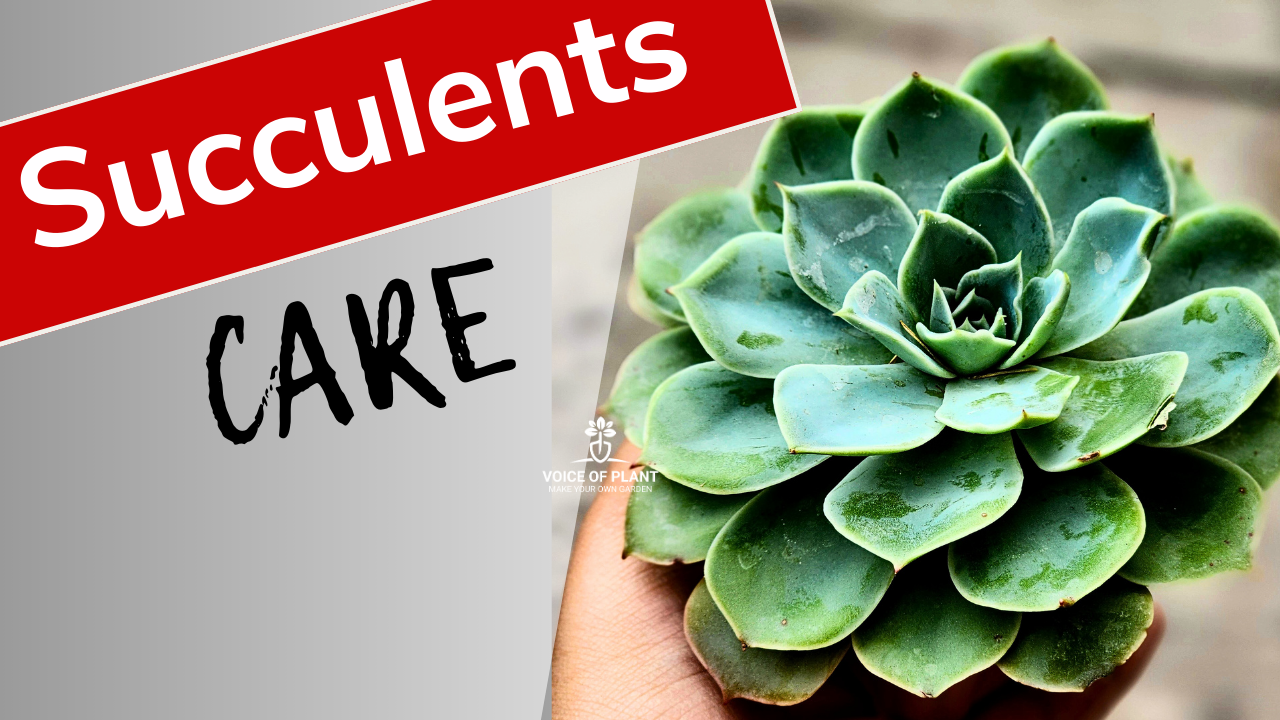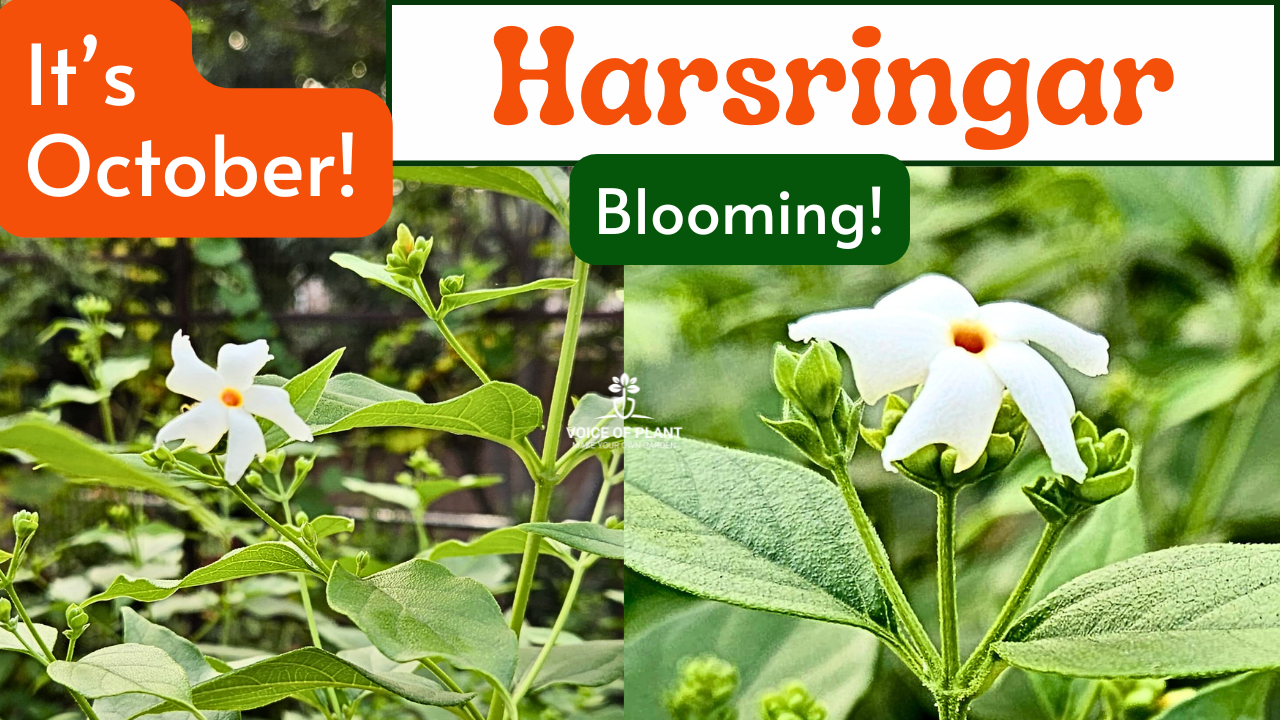Difference Between the Jade Plant and Crassula Ovata
The Jade Plant and Crassula Ovata are both succulents and are often mistaken for one another, with many people assuming they are the same plant. While Crassula is the botanical name of the plant family to which Crassula Ovata belongs, there are some key differences between the two.
Understanding these differences can help you provide better care and ensure they thrive in your home or garden.

1. Leaf Size
One of the primary differences lies in the size of the leaves:
Jade Plant:
- The leaves of the Jade Plant are typically smaller and more compact, giving it a delicate appearance.
Crassula Ovata:
- The leaves of Crassula Ovata, while similar in shape, are larger and more robust. This size difference can make Crassula Ovata appear fuller and more substantial in comparison to the Jade Plant.
Click here to read: Jade Plant Complete Care
2. Sunlight Requirements
Both plants enjoy sunlight, but their preferences vary slightly:
Jade Plant:
- It thrives with 3 to 4 hours of direct sunlight each day, making it ideal for a sunny windowsill or outdoor spot with plenty of sun.
Crassula Ovata:
- This plant prefers bright, indirect light and can tolerate being indoors with less direct sunlight, making it more adaptable to varying light conditions.
3. Watering Needs
When it comes to watering, both plants have similar requirements:
- Both the Jade Plant and Crassula Ovata are drought-tolerant and do well with minimal watering. It is essential to let the soil dry out completely between waterings to prevent root rot, a common issue with overwatering.
Click here to read: Is Jade plant an outdoor or indoor plant?
4. Overwatering Tolerance
While both plants are succulents, their tolerance to overwatering differs:
Jade Plant:
- This plant is somewhat more forgiving of overwatering, though it is still best to avoid excessive moisture.
Crassula Ovata:
- Crassula Ovata is more sensitive to overwatering. Its roots are more likely to rot if left in waterlogged soil for too long, so extra care should be taken to prevent overwatering.
5. Signs of Overwatering
Overwatering can cause noticeable changes in the leaves of both plants:
Jade Plant:
- The leaves will start to turn yellow, signaling that the plant is receiving too much water.
Crassula Ovata:
- In contrast, the leaves of Crassula Ovata will turn brown when overwatered, indicating more serious damage to the plant.
6. Size and Growth
The size of these plants can also help differentiate them:
Jade Plant:
- Typically remains smaller in size, making it a great choice for indoor pots and smaller spaces.
Crassula Ovata:
- Grows larger and can become more tree-like, especially when given enough space and care. It can reach up to 3 feet in height, whereas the Jade Plant usually stays more compact.
7. Soil Mix
Both plants prefer similar soil conditions:
- A well-draining, sandy soil mix is ideal for both the Jade Plant and Crassula Ovata. Using a succulent or cactus mix is recommended, as it prevents water from sitting in the roots.
8. Seasonal Preferences
Each plant has a season where it thrives best:
Jade Plant:
- Best suited for the summer season, thriving in warmer temperatures between 25°C and 35°C.
Crassula Ovata:
- Prefers cooler weather, thriving in winter or milder climates, with an optimal temperature range of 18°C to 25°C.
9. Temperature Tolerance
Both plants have specific temperature ranges in which they perform best:
Jade Plant:
- Thrives in warmer conditions, making it better suited for tropical or warm regions where temperatures are consistently between 25°C to 35°C.
Crassula Ovata:
- Tolerates cooler temperatures and prefers a range of 18°C to 25°C, making it more suitable for cooler climates or indoor environments.
Conclusion
While the Jade Plant and Crassula Ovata share many similarities, they have unique differences in terms of leaf size, sunlight preferences, tolerance to overwatering, and seasonal growth habits. Recognizing these differences will allow you to care for each plant properly, ensuring they stay healthy and vibrant. Whether you’re growing them indoors or outdoors, understanding their individual needs is key to successful plant care.
——————-
Follow our Social media channel:
1. Voice of Plant – YouTube Channel
2. Voice of Plant Facebook Page
3. Instagram Voice of Plant Channel
Happy gardening!
